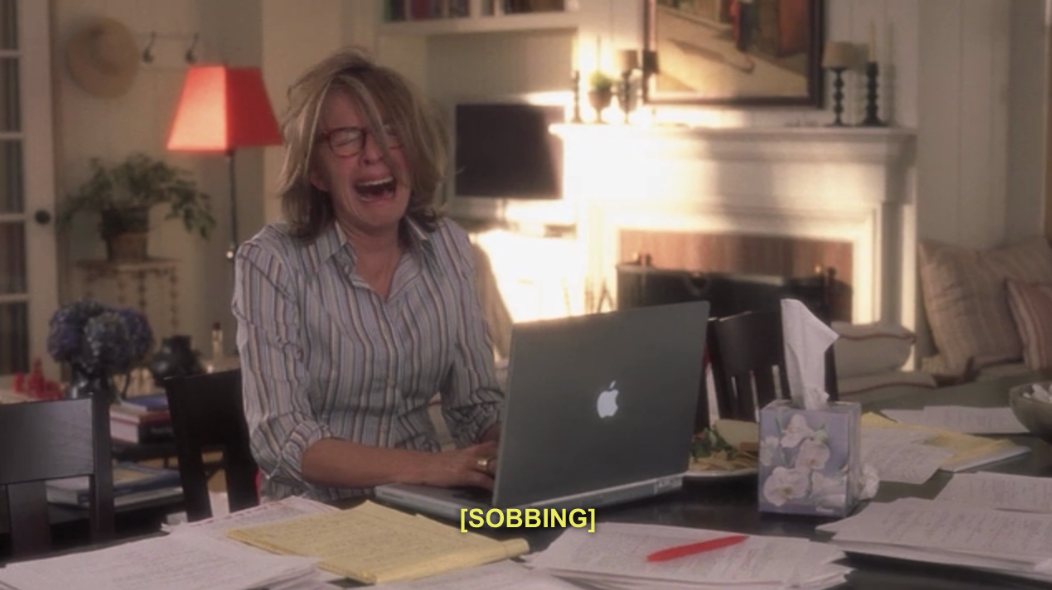by Paula Mosher Wallace
Writing is a journey, and many people use writing to heal old wounds. It’s important to work through the pain in order to create a helping version of your story to share with readers. Are you ready for that next step? Everyone can write about painful experiences by following these three steps.
“Mom, what’s wrong?” I stopped typing as my son’s question registered. “You’re crying.” I grabbed a tissue and smiled.
“Mommy’s fine, Baby. I’m just writing a hurting story.”
I couldn’t tell him that I had just typed “rock bottom was laced with razor blades.” Writing a book full of abuse stories was tough, but they ended in hope and redemption. They were what I had needed when I was at my worst. My waterproof keyboard was a strategic choice.
Previously, I had tried to write heartbreaking stories from an intellectual place. I used compelling words and images as I tried to keep my heart intact. The resulting stories were lifeless and heartless. Failure. These stories needed to breach the protective walls and reach hurting women’s hearts with understanding and hope.
I needed to go to those agonizing places and feel my heart being crushed, my mind being tormented, my body being defiled, and my soul being shattered.
Why write this type of material at all? I had learned the value of writing in pain rather than writhing in pain. Writing helps get the pain out so we can process it faster and not have to writhe for as long.
3 Stages to Writing About Painful Experiences:
- Write a hurting version
- Write a healing version
- Write a helping version
Each of these stages has benefits.
Step 1: Write a Hurting Version
First, we need to write while we’re writhing. Writing an unfiltered letter or journaling the pain while it hurts is therapeutic. Putting the internal pain on paper gives us clarity and catharsis.
Step 2: Write a Healing Version
Secondly, we need to write as we’re healing so that we can understand what we’re learning and how we’re growing through the pain. This helps us clarify our journey and speeds up the healing process.
Step 3: Write a Helping Version
Thirdly, we need to write after we’ve healed to help others find healing. This gives meaning and ads value to our painful experience. This version can also inspire deeper levels of healing.
The only version I publish is the third version. I tell the raw brokenness from a place of healing so that it can help others. I don’t want to depress and drag others down. I don’t want to add to their pain. I want to let the reader know she’s not alone, and there is hope.
Reading stories or poems of pain without healing added to my depression. I knew I never wanted to add to anyone’s struggle. I wanted to help them find healing.
After “rock bottom is laced with razor blades” came the part about the angelic lady who told me her story to let me know I’d survive the pain. She had found joy and happiness in life despite a story similar to mine.
When I finished the short story, I smiled and started a tickle war with my son. As an athletic child, wrestling is his primary love language. We tried to keep it quiet so that the downstairs neighbor wouldn’t accuse us of “thumping.”
There is healing to be found when you write through the pain. Grab a pen, some paper, and maybe a couple of tissues—and get started.
[Paula is the author of Bloom in the Dark and founder of Bloom In The Dark, Inc., a 501c3 nonprofit for those healing from brokenness, abuse, and addiction.]

